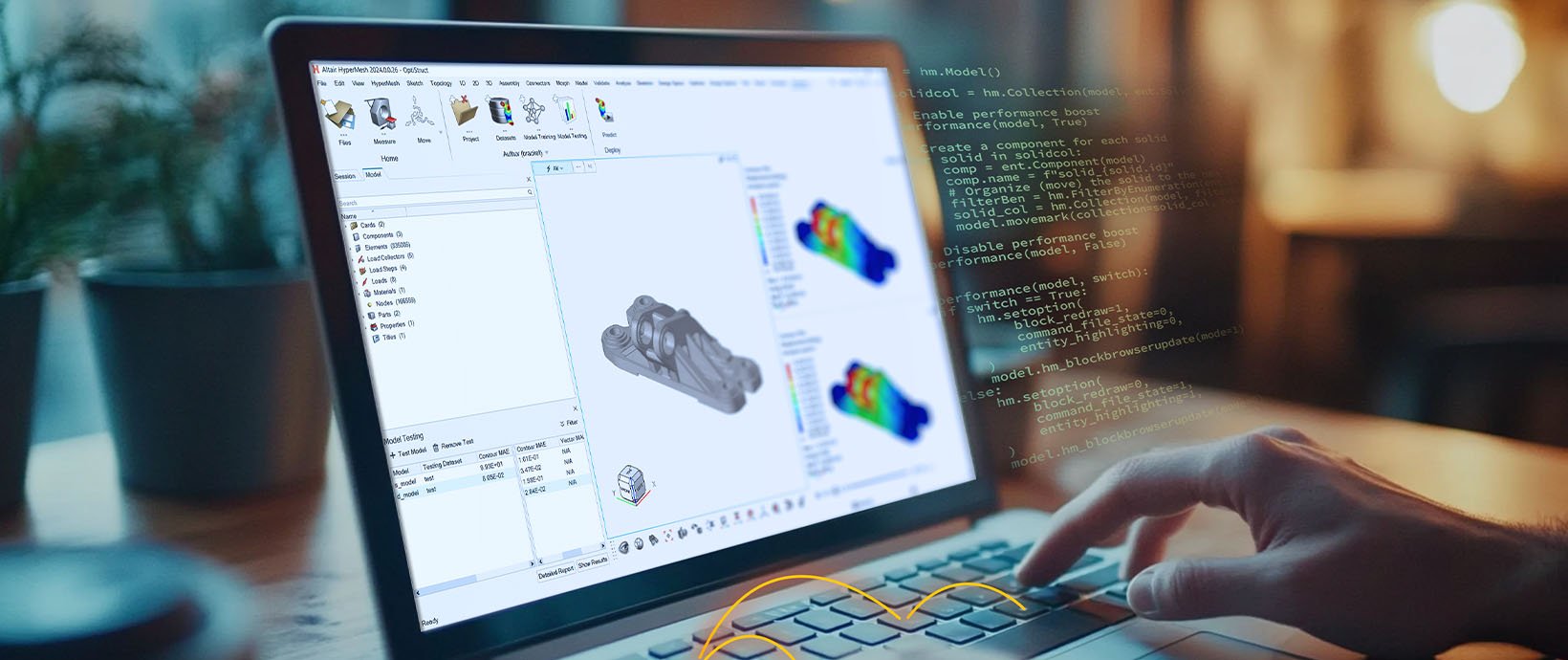Predictive Root Cause Analysis: Transform Problems into Proactive Solutions with AI
In every industry, from manufacturing to finance, problems arise that demand more than just a surface-level fix. When machinery breaks down, products fail in the field, or supply chains falter, the question that matters most is: Why did this happen—and how do we stop it from happening again?
That’s the promise of predictive root cause analysis (RCA)—a structured approach to identifying the true source of problems. But while many organizations already engage in some form of RCA, their methods are often fragmented, time-consuming, and heavily manual. In today’s data-rich world, those approaches fall short.
Modern RCA, powered by advanced analytics, AI, and automation, offers a path forward. Platforms like Altair® RapidMiner® are helping businesses shift from reactive fixes to intelligent, predictive strategies that not only diagnose problems but prevent them from occurring altogether.
Let’s explore how this transformation unfolds—and what it means for your business.
Why Traditional RCA Isn’t Enough Anymore
The classic image of RCA involves brainstorming sessions, whiteboards filled with “5 Whys,” or teams dissecting spreadsheets and reports. While these methods have their place, they also have major limitations:
The result? Slow resolutions, missed patterns, and recurring issues.
That’s why forward-looking organizations are rethinking RCA—not just as a tool for solving problems, but as a strategic, data-driven capability for long-term resilience.
Step 1: Connect the Dots with Integrated, Clean Data
RCA begins with data—but not just any data. It requires complete, consistent, and connected information that spans systems, departments, and the entire product or process lifecycle.
For example, an automotive manufacturer trying to diagnose a rise in warranty claims might need to combine data from:
- Product lifecycle management (PLM) systems
- Manufacturing lines
- Regional dealerships
- Customer feedback platforms
With legacy tools, this is a monumental task. But with a data fabric, organizations can overlay a lightweight, universal layer across all their sources—keeping data at its origin while providing full lineage and traceability.
Altair RapidMiner enables just that. You can harmonize structured and unstructured data, convert documents into usable formats, and blend datasets without creating new silos. You gain a single pane of glass across your entire operation—crucial for accurate, holistic RCA.
Step 2: Democratize and Scale Data Analysis
Once the data is unified, the next challenge is making it usable—not just by analysts and data scientists, but by operations teams, quality managers, and engineers.
Traditional tools like spreadsheets and scripting languages are either too limited or too technical. Altair RapidMiner offers a visual, code-optional interface that bridges this gap. Users can:
- Profile data with summary statistics and quality checks
- Apply statistical process control (SPC) techniques
- Explore trends through rich visualizations like Pareto charts and violin plots
- Collaborate in real time across teams
This democratization is key. It brings analysis into the hands of subject matter experts—those who understand the business context—and allows them to work side-by-side with data professionals in a unified environment.
Step 3: Go Beyond Insight with Predictive AI
RCA often stops at “what happened” and “why”—but with AI, you can ask a more powerful question: What will happen next?
AI and machine learning allow companies to move from reactive and descriptive analysis to predictive and proactive action. By applying these models and algorithms, we can teach machines and systems to learn from what happened in the past and apply it to the present and future. Instead of simply assuming static relationships or taking the best guess, these models learn from patterns, adapt over time, and work with noisy, high-dimensional data.
With Altair RapidMiner, teams can:
- Build and train predictive models to forecast failures
- Automatically segment datasets to reveal hidden relationships
- Detect anomalies in real time and send alerts
- Deploy and manage models easily using MLOps and IoT integration
- Embed results into real-time dashboards for instant decision-making
And with the rise of AI agents, RCA becomes even more autonomous. These agents can explore data, detect causes, and even suggest or execute corrective actions—without waiting for a human prompt.
A New Era of Root Cause Analysis
What used to be a reactive, manual exercise is now becoming a proactive strategy for competitive advantage. By embracing modern tools, organizations can:
- Solve problems faster and with greater confidence
- Prevent costly downtime, recalls, and customer churn
- Empower cross-functional teams with self-service analytics
- Create a culture of continuous improvement backed by real-time insight
Altair RapidMiner is at the forefront of this shift. With its flexible AI and analytics platform, businesses can finally bridge the gap between data collection and real-world action.
Ready to Reinvent RCA?
If you're still relying on spreadsheets and scattered reports to understand why problems occur, it’s time for an upgrade. Explore how Altair RapidMiner empowers smarter, faster, and more scalable RCA—designed for the demands of modern industry. Learn more at altair.com/manufacturing-analytics.




